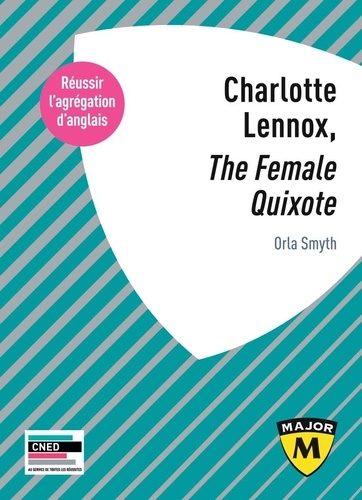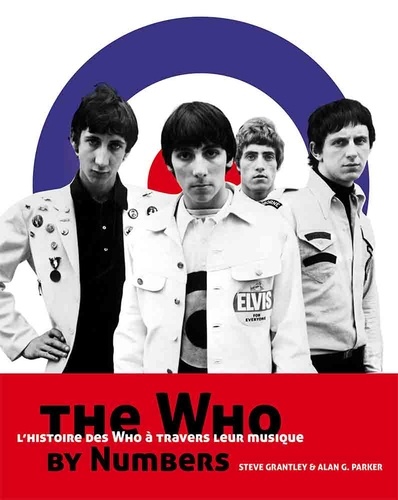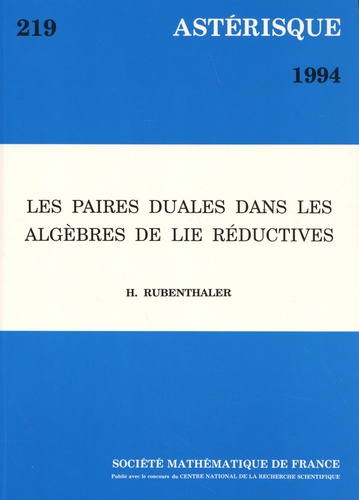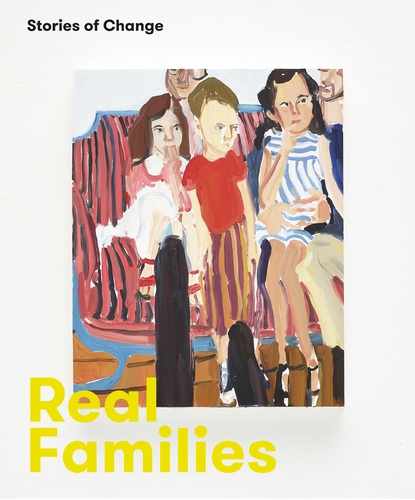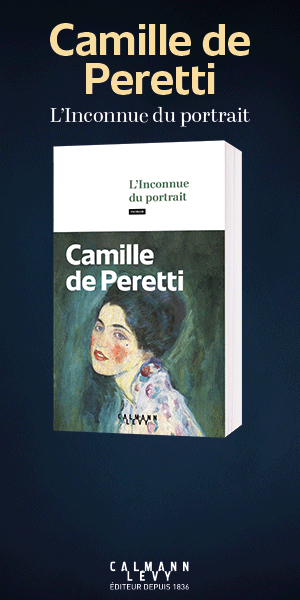Machines de ville. Edition bilingue français-anglais
François Delaroziere, diplômé de l'Ecole des beaux-arts de Marseille, est le directeur artistique de la compagnie La Machine, dont les ateliers sont installés à Nantes et Tournefeuille. Depuis toujours, il explore l'univers de l'objet en mouvement et sa théàtralité, redessine les manèges et participe au développement de projets urbains. Constructeur de décors et d'inventions pour le théâtre de rue, il conçoit et dirige la fabrication, depuis plus de vingt ans, de grandes machines de spectacle. Parmi les plus emblématiques des pièces maîtresses de ces scénographies urbaines : le Géant, le Rhinocéros, le Petit Géant, les Girafes, la Petite Géante, le Grand Eléphant, les Araignées géantes... Il réalise de fascinants carrousels qui voyagent de ville en ville et font tourner les têtes, comme le Manège magique, le Beau Manège à Toulouse, le Manège d'Andréa, le Manège Carré Sénart et celui des Mondes marins. Il a aussi été scénographe associé pour la réhabilitation du Channel, Scène nationale de Calais. Il est l'auteur avec Pierre Orefice des Machines de l'île à Nantes. A La Roche-sur-Yon, il accompagne avec les Animaux de la place, le réaménagement de la place Napoléon mené par l'architecte Alexandre Chemetoff. Il crée à Toulouse la Halle de La Machine, une écurie de machines de spectacle notamment habitée par le Minotaure, et construit pour la ville de Calais : un Dragon des mers. Enfin, il continue de développer, avec sa compagnie, la création de spectacles dans les grandes villes du monde. François Delaroziere, a graduate of the Ecole des Beaux-Arts de Marseille, is the artistic director of the company La Machine, with workshops situated in Nantes and Tournefeuille. His work has always explored the world of moving objects and their theatricality, designing carousels and taking part in the development of urban projects. As a maker of sets and inventions for street theatre, he has been conceiving and overseeing the construction of large-scale theatre machines for over twenty years. Among the most iconic of the urban theatre performances are the Giant, the Rhinoceros, the Little Giants, the Giraffes, the Great Elephant, and the Giant Spiders. He is the figure behind wonderful carousels that turn heads as they travel from one town or city to the next, such as the Magic Roundabout, the Beau Manège in Toulouse, Andrea's Carousel, the Carré Sénart Square Carousel and the Marine Worlds Carousel. He was also the associate designer for the renovation of Le Channel, Scène Nationale de Calais. He is the creator, with Pierre Orefice, of Les Machines de l'lle in Nantes. In La Roche-sur-Yon, with Animals of the Square, he was part of architect Alexandre Chemetoff's renovation of Place Napoléon. In Toulouse he created La Machine's Hall, a stable of performance machines notably inhabited by the Minotaur, and he built a Sea Dragon for the city of Calais. He and his company continue to create performances in the world's great cities.
09/2020

